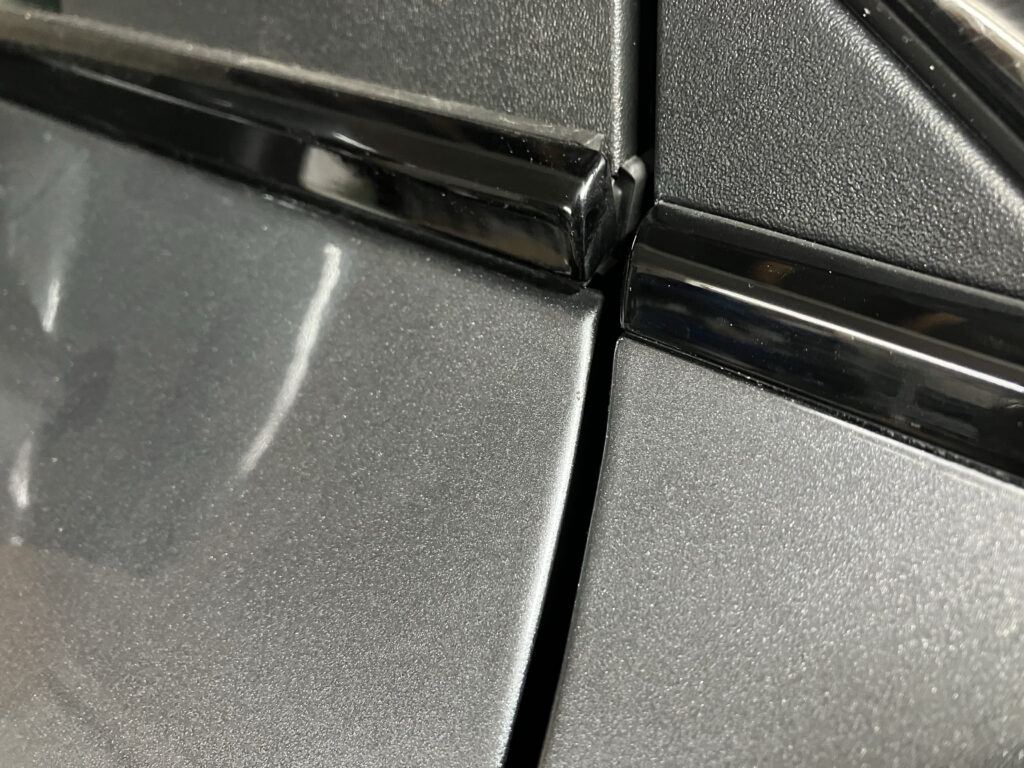Clutch Replacement Costs in the UK
Your clutch assembly is one of your car’s most important components and you certainly don’t want to go anywhere without it. Despite this, or perhaps because of its vital importance, getting your clutch replaced is anything but cheap.
On average in the UK, a new clutch kit will cost you £325, but that’s not the end of it!
Your mechanic will need to get to your old clutch and remove it, which can take up to seven hours in some Audis. With the labour costs being around £50 per hour, plus a new flywheel (which often needs replacing alongside the clutch), you could be looking at £1,000 or more.
Why is a clutch replacement so expensive?
One of the reasons a clutch replacement cost is so high is because it’s a complex component. It’s also hard to get to. Your clutch is located in the heart of your engine and so the teardown process is very time-consuming, which ramps up the bill. On average, a clutch replacement takes four or five hours, sometimes more.
Can’t I just replace the clutch myself?
When you see the potential costs, it’s tempting to try to replace your own clutch, but it’s really not recommended. You almost certainly don’t have the tools or the expertise and as the clutch is a vital component, a botched replacement can make your car dangerous to drive.
What is the clutch, exactly?
The clutch comprises the pressure plate, the driven plate, the cover plate and the release bearing. These components help to transfer energy from the engine to your wheels. In a manual car, the clutch is a pedal and in an automatic, it’s usually electronically-controlled.
These four components are collectively known as the clutch plate and this is bolted to the flywheel. The flywheel connects to the engine shaft, which turns the wheel. The clutch and the flywheel drive the car forwards, so if either the clutch or the flywheel develop a problem, it often affects the other.
In manual cars, the pedal is usually raised, which means the pressure plate is keeping the clutch plate pressed to the flywheel so that energy from the engine can get to the wheels.
When the pedal is pressed to the floor, the transfer of energy is stopped and the wheels keep moving through their own momentum while you change gear. In automatic cars the clutch does the same, but it’s controlled more by the car and the engine management system.
This disconnection is important when you want to stop or move up and down the gears as it regulates your speed, keeping you safer. If your clutch slipped (or stopped working) you wouldn’t be able to start – or stop – your car.
What’s involved in a clutch replacement?
An inspection
Your mechanic will check to make sure that it’s actually the clutch that’s the problem, as a failing gearbox can cause similar symptoms. Replacing a gearbox is much cheaper and easier!
Disconnection of the battery
If the clutch is the problem, your mechanic will have to disconnect the battery so it’s safe to work on the car and get to the clutch assembly.
Stabilisation of the engine
The clutch is in between the gearbox and the engine so it’s hard to reach it! Your mechanic will raise the car’s front end off the ground and secure the engine so it doesn’t fall out.
Once the engine’s secured, your mechanic will remove the engine mounts to reach the clutch assembly. Then the flywheel bolts are next to be removed so the mechanic can identify the engine from the transaxle. The clutch sits on the transaxle as it also acts as a transmission unit to help you to change gear.
The pressure plate is unbolted and the clutch is removed
Once the pressure plate bolts are out, the mechanic can remove the pressure plate and clutch disc from the engine bay, before checking the suspension brushings. These brushings absorb vibrations and reduce friction between moving metal parts and if they’re worn, they may need replacing.
The mechanic checks for any leaks or damage
Once the clutch is out, your mechanic can look for leaks or other damage. Your clutch assembly needs transmission fluid to work effectively and if there’s not enough, it can severely damage your car. You might need, in the worst case, a new input shaft or transaxle, so if you suspect your clutch is failing, seek help as soon as possible.
Everything gets a good clean
Assuming no other problems, your mechanic will get on with the job of replacing any worn parts and cleaning up the components of your clutch assembly before bolting everything back into place.
Testing
Once everything’s back where it should be, your mechanic will test your car to make sure your new clutch is working. If it’s not, they’ll make some adjustments and try more procedures until your car’s fixed.
Watching out for clutch trouble
You might not be able to replace your clutch yourself, but you can limit the damage – and the cost – of a failing clutch by looking out for early signs of trouble.
Your clutch should last for 60,000 miles or so, so when you hit this mileage, keep an eye (and an ear) out for symptoms.
Struggling to change gear
If it’s suddenly difficult to change gear – you feel like you’re fighting with the car – then your clutch might have slipped and can’t effectively cut the power between the flywheel and the wheels.
Your car won’t move forward
If the engine’s running and the gears are engaged but your wheels won’t turn, then this is almost certainly a clutch problem as the power isn’t reaching your wheels.
The clutch is squealing
Any grinding, squealing or other unpleasant noise might point to a slipped clutch as it could be the different plates grinding together when you change gear.
You notice a burning smell
The plates grind together as you change gear, which generates heat. Worn parts cause more friction and heat, which can cause a burning smell. If you notice a burning smell, stop immediately as it could be something more serious than a slipped clutch.
Your “biting point” suddenly seems higher
Your biting point is when you feel the power from the engine connect and drive the wheels forward. You’ll get a feel for your car’s point and so if you notice it’s suddenly higher, your plates might not be connecting effectively.
The easiest way to find the best mechanic for your needs.
Other Articles

MAHLE presented a world first at the IAA Transportation 2024 in Hanover New component for fuel cell and electric vehicles halves fan noise on average Bionic fan is based upon an AI-optimized design found in nature: the wings of an owl, one of the quietest birds 10 percent higher efficiency and 10 percent less weight […]
MAHLE presented a world first at the IAA Transportation 2024 in Hanover New component for fuel cell and electric vehicles halves fan noise on average Bionic fan is based upon an AI-optimized design found in nature: the wings of an owl, one of the quietest birds 10 percent higher efficiency and 10 percent less weight […]




